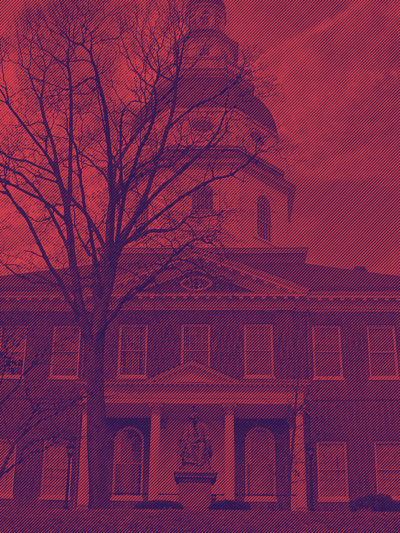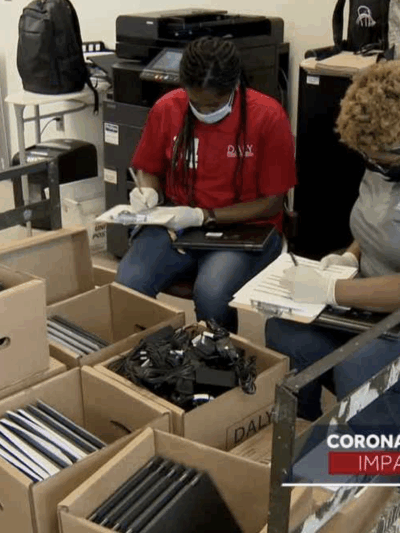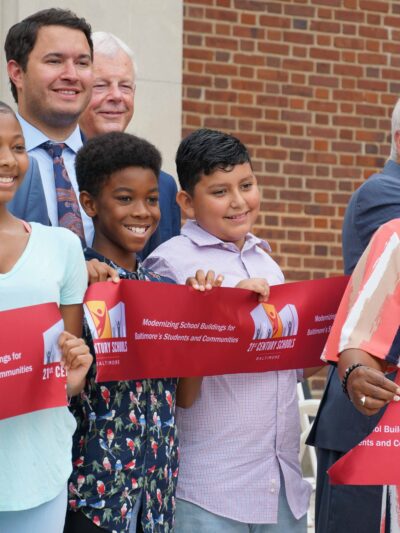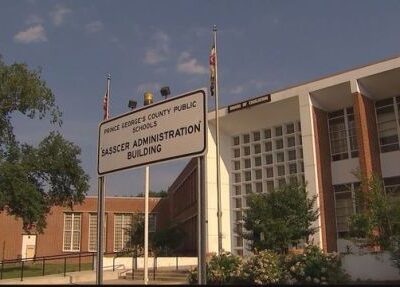News & Commentary
Talk to Kids About Race in Schools? Yes, We Should.
Cultural relevancy and race equity learning belong in the classroom.
By Neydin Milián

Racist Rhetoric in Maryland’s Capital
Freedom of speech is one of the most important of our State and federal constitutional rights, which is why the ACLU of Maryland is dedicated to protecting this freedom for all Marylanders.
By Neydin Milián

Education Equity Blueprint for Maryland’s Future bill (Afro News)
Our children deserve to dream big, but they need resources to back them up.
By Frank Patinella

The Digital and Racial Divide Keeps Widening as the Pandemic Continues
One month ago, a photo of two children doing their homework outside of a Taco Bell, just to get access to the internet, made rounds across social media. The photo and other reports about the lack of internet access have shed light on a glaring inequity in our country. As we move forward in the digital age, WiFi and technology are not luxuries anymore. These necessary tools must be included when we discuss education funding.

The Future of Schooling: No Cops, More Counselors
Data shows that school police are harmful for Black children

Learning During COVID-19: Black and Brown Children Deserve the Necessary Tools to Learn Remotely
During these unprecedented times, we have endured a quarantine and reshaped how our jobs and school systems operate. You might be wondering how this is all affecting your child, especially their education. While many parents and guardians have had to transform into teachers during this quarantine, Kyla-Marie James, an 11th grader at Mergenthaler Vocational Technical School, describes the new responsibilities that students have had to take on and the struggles she sees other children facing as schools closed out the year remotely because of the COVID-19 pandemic.

Change Starts with Our Children
2020 kicked off to a hopeful start for children, teachers, and leaders in Baltimore, as yet another three new 21st Century Schools opened. By 2022, the 21st Century Schools initiative is pushing to replace school buildings in poor conditions by adding 28 new schools.
By Neydin Milián

Stay Informed
Sign up to be the first to hear about how to take action.
By completing this form, I agree to receive occasional emails per the terms of the ACLU’s privacy statement.
By completing this form, I agree to receive occasional emails per the terms of the ACLU’s privacy statement.


